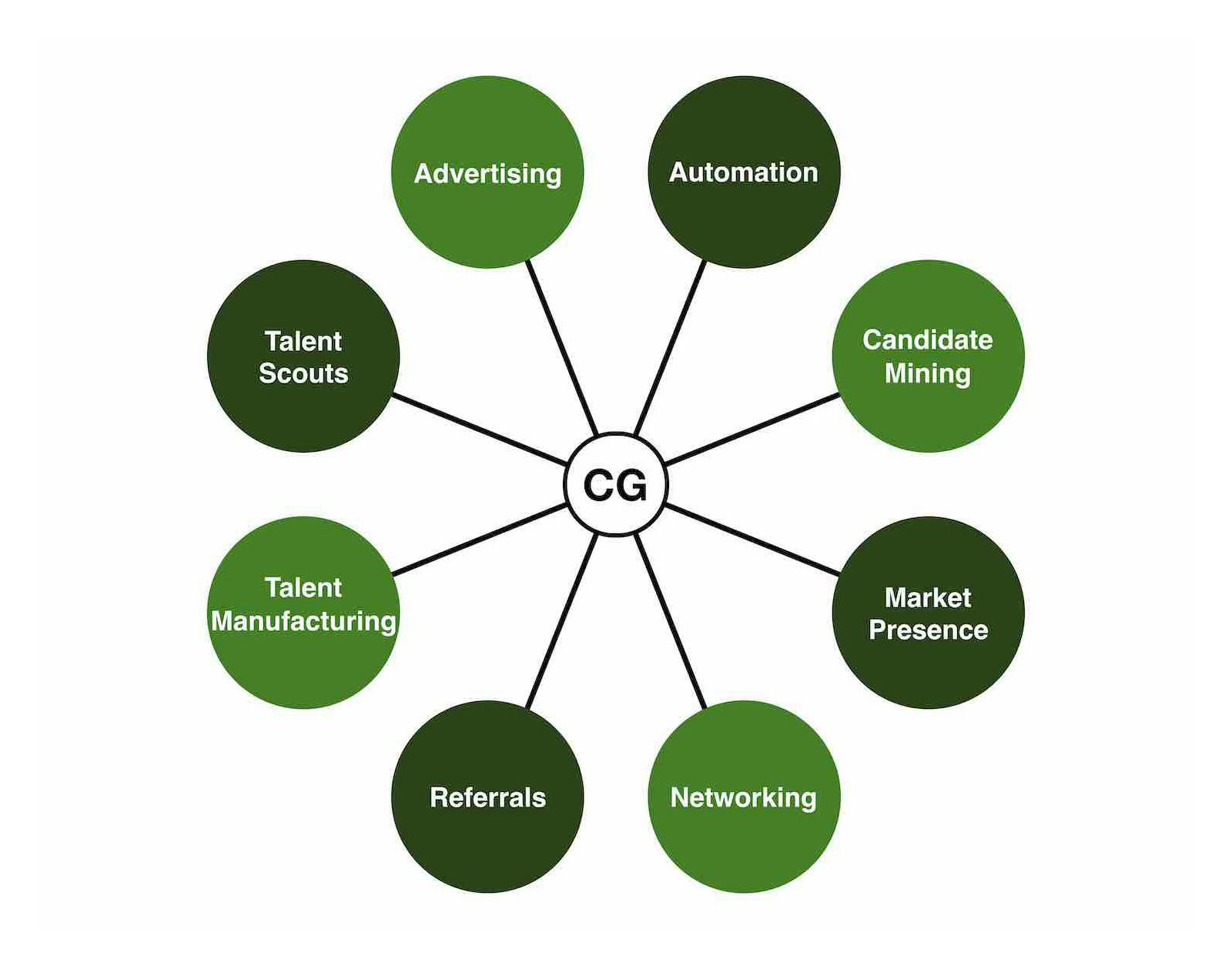Many organizations are struggling to fill open positions. It takes them weeks or months to fill just one job. The skills shortage often gets the blame. Because there are more jobs than people to fill them, leaders have come to expect that hiring will be a time-consuming challenge.
Another group of companies is having a different hiring experience. These organizations fill their open seats with relative ease and speed, even though there aren’t enough qualified people to go around. What makes these organizations different isn’t their reputation, location, work environment, or pay and benefits. It’s how they’ve chosen to address the talent shortage. They’ve overcome three common obstacles that slow down fast hiring.
The Real Problem
While the global talent shortage is an ongoing reality, it’s not the real problem. The skills shortage is merely a challenge that can be solved by a better process.
The critical problem — the only one you can control — is having the right kind of hiring process. The right process taps into a sufficient pool of talent and efficiently moves candidates toward hire.
To fill jobs quickly with top talent, your hiring process must overcome these three obstacles.
Obstacle #1: Tapping into a candidate pool that’s too small
If you asked employers why they can’t fill jobs, over a third will tell you they’re not getting enough applicants, or they’re getting no applicants at all. Yet, only 10 percent of these employers use untapped talent pools.
Faster hiring requires mass: You must build a critical mass of candidates to select from. Building mass requires tapping into overlooked pools of people.
To determine if your organization is tapping into a candidate pool that’s too small, take these three steps.
- Review the eight talent streams
There are eight streams of talent (see my image above). Each stream provides access to unique people. Compare these streams to how your company acquires candidates. - Determine which streams lead to successful hires
Review your organization’s hires over the past six to 12 months. Note which streams these hires came from and which streams didn’t produce any successful hires. - Assess which streams are being underused or overlooked
Every talent stream should be producing candidates, some of whom become quality hires. Those that don’t are underused or overlooked.
Obstacle #2: Employing interviewing methods that are inaccurate and slow
During typical interviews, candidates are on their best behavior. As a result, interviews are often a poor barometer as to who will fail or succeed in a given role. Some “newer” interview methods, such as behavioral interviewing, have only made the process longer. Hundreds of books and articles have been written on how to beat behavioral interviews. These books and articles demonstrate simple methods for telling interviewers exactly what they want to hear.
Interviews cannot be a conceptual exercise. They must allow you to see proof then-and-there that a candidate can do the job and do it well.
Take time to evaluate the speed and accuracy of your interviewing methods by reviewing each step of the process, evaluating the effectiveness of techniques used by interviewers.
Answer these questions.
- Does the interviewing technique consistently uncover irrefutable proof about a candidate’s fitness for the job?
- If “no,” how can we replace or eliminate that technique to get a better result?
- If “yes,” what can we do to streamline this technique and still get the same consistent irrefutable proof?
Obstacle #3: Failing to build and maintain a prospective employee pipeline
When a seat opens suddenly, the amount of activity it generates can feel overwhelming. Without an active talent pipeline, a frantic dance ensues. Managers have to handle extra work as the company tries to find suitable candidates. Days later, schedules have to be coordinated for phone screenings and interviews. Work piles up, good candidates take other jobs, and nerves fray.
Maintaining a pipeline of ready-to-hire prospective employees eliminates the dance. When jobs open, there’s no rush, panic, or chaos. Instead, hire from your overflowing pipeline.
Assess your organization’s pipelining strategies. Starting with the most critical roles in your organization, answer these questions.
- For each role, how many people are ready to hire right now?
- For any roles where there aren’t people ready to hire now, where is the pipelining process failing? For example, are there viable candidates who are stuck at the interview stage? Is there a lack of suitable candidates to interview? Is recruiting failing to generate candidates? Use what you learn to address those process problems.
Speed is no longer a competitive advantage; it’s now a requirement for doing business and hiring quality employees. The importance of having talented people exactly when they’re needed makes fast and accurate hiring a strategic imperative.
